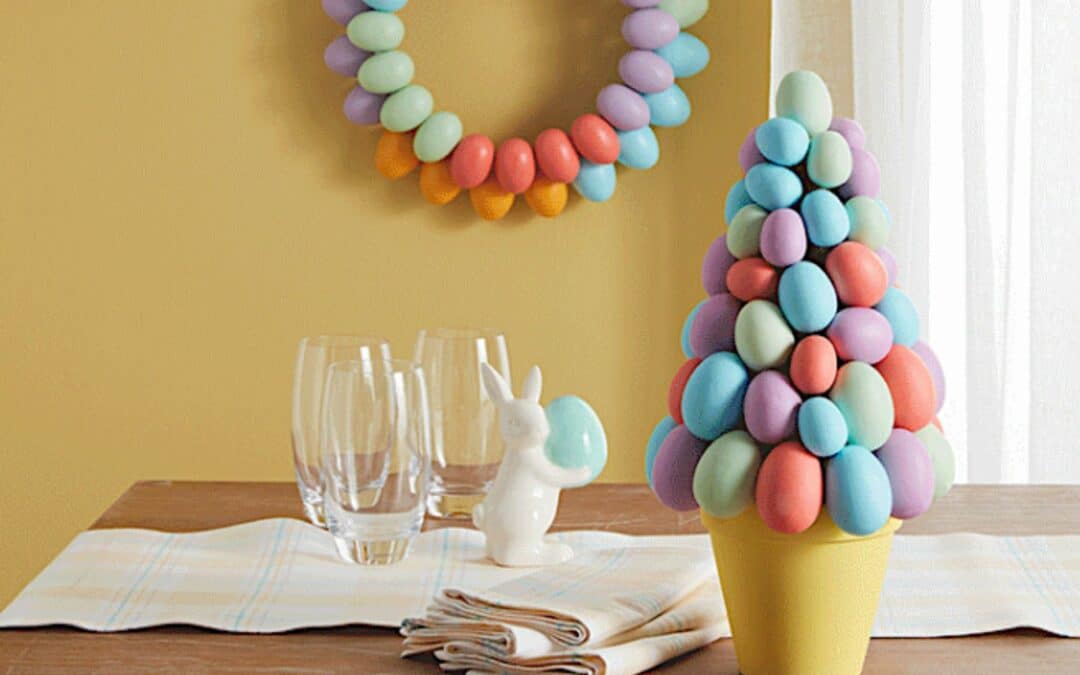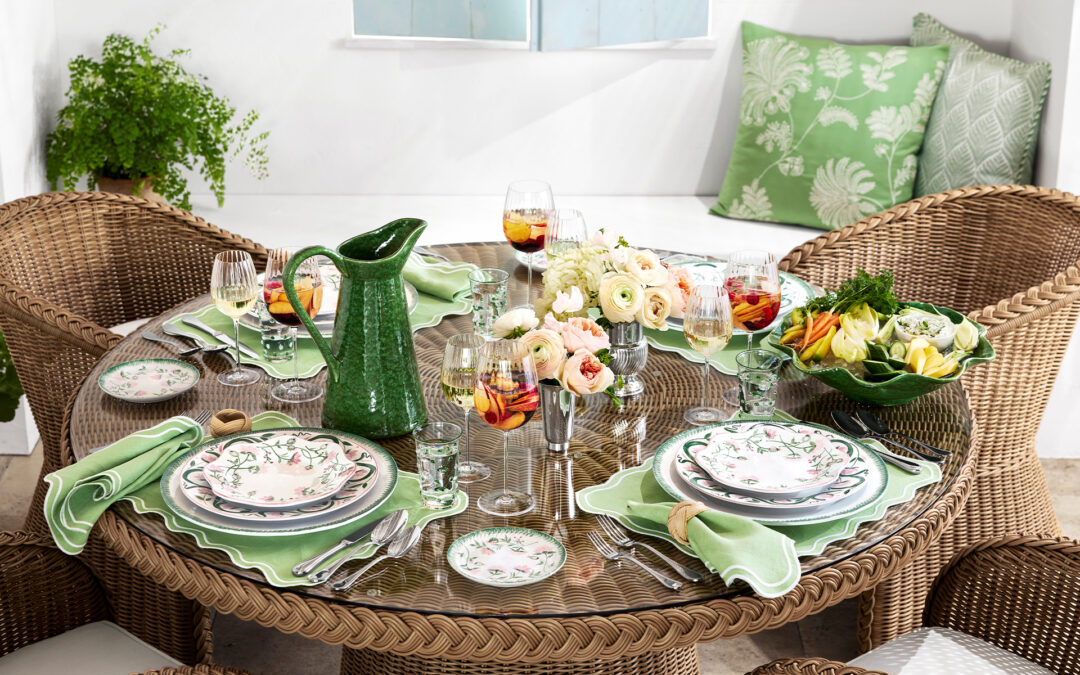Consumers expect to spend about $24 billion on Easter this year, up from $20.8 billion in 2022 and the previous record high of $21.7 billion in 2020, according to an annual survey conducted by the National Retail Federation and Prosper Insights & Analytics.
For the holiday this year, the top Easter items consumers say they are planning to purchase include candy, at $3.3 billion, gifts, at $3.8 billion, and food, at $7.3 billion. In addition, consumers anticipate spending $4 billion on clothing, $1.8 billion on flowers, $1.7 billion on decorations and $1.1 billion on greeting cards.
The most popular Easter Sunday activities this year include cooking a holiday meal, for 56%; visiting family and friends, for 50%; going to church, for 43%; or planning an Easter egg hunt, for 34%.
As in previous years, the NRF noted, most consumers, at 54%, say they will buy Easter gifts from discount stores, followed by department stores, at 42%; online, at 33%; local and small businesses, at 22%; and specialty stores, at 20%.
Prompts for consumers who plan on celebrating Easter to shop holiday-related items include tradition, for 63%; social activity with family or friends, for 31%; sales or promotions, for 29%; store displays or decorations, for 23%; or exclusive/seasonal products, for 20%.
The majority, at 54%, of those not celebrating the holiday still plan to shop Easter-related bargains and anticipate spending $23.41 per person. Non-celebrants are looking to purchase candy and food primarily.
“Easter endures as an important holiday for many Americans, signifying new beginnings and a time of celebration with friends and family,” NRF President and CEO Matthew Shay said. “As consumers plan to mark the occasion through a variety of traditions, retailers are dedicated to making this year a memorable holiday.”
Phil Rist added, Prosper executive vice president of strategy, added, “We are seeing real Easter sales growth compared with pre-pandemic, and among the drivers are consumers who are planning to purchase more Easter clothing and gifts. Additionally, consumers ages 35 to 44 will bump up their spending more than any other group.”





